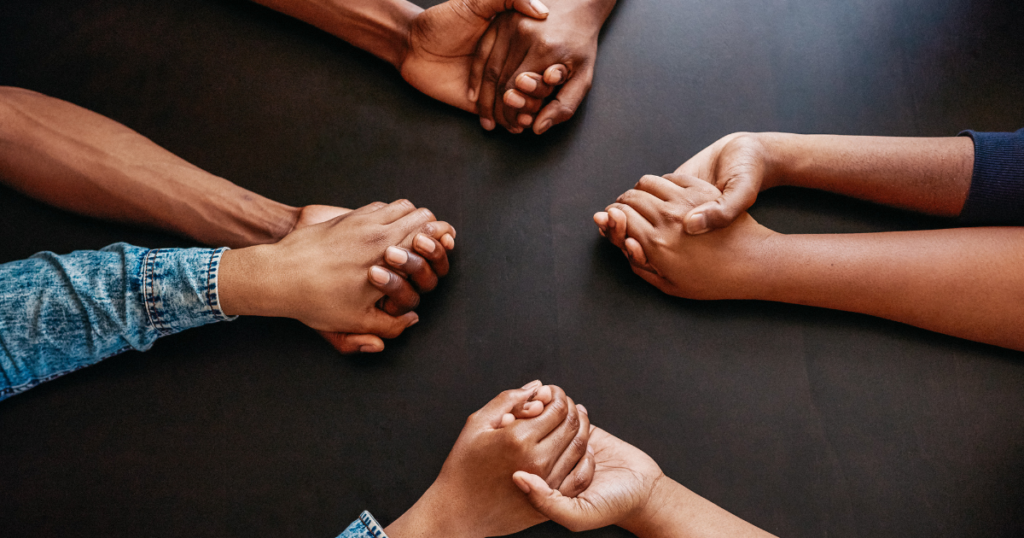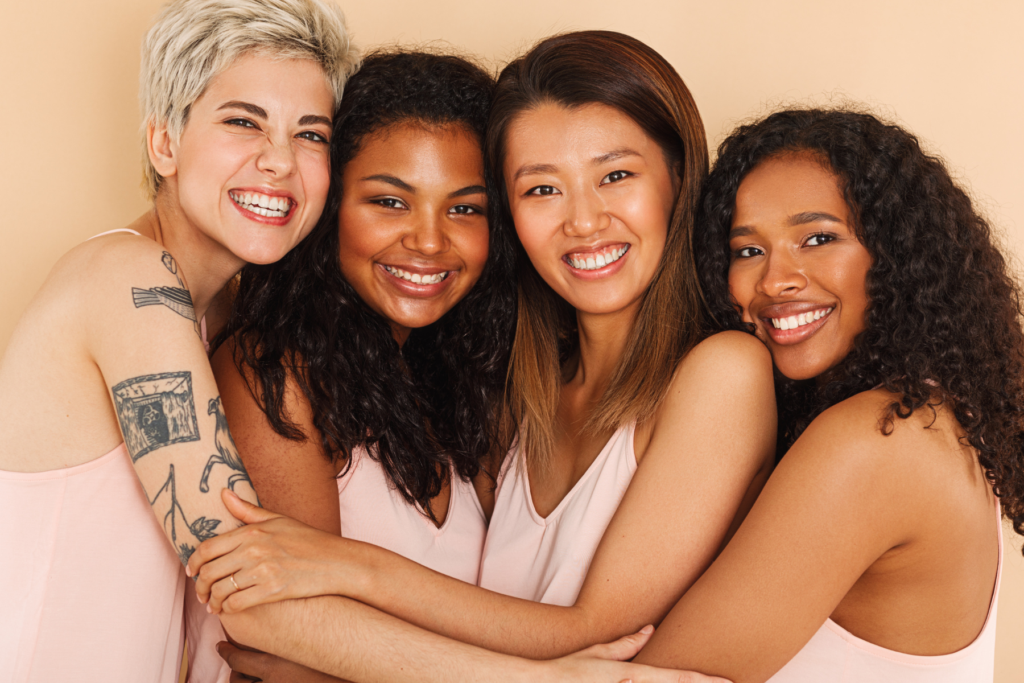When it comes to uterine fibroids, African American women suffer more than any other ethnic group. In fact, they are three times more likely to develop and suffer from fibroid symptoms like heavy menstrual bleeding, anemia, and pelvic pain.1,2
Lack of attention?
Yet, despite struggling with daily activities, experiencing intrusive pain during sex, and enduring long and painful periods, African American women who suffer from fibroids receive a striking lack of attention from the medical community.
Consider, for example, the findings of a team of researchers from the Mayo Clinic in Rochester, MN, who reviewed the literature created between 2000 and 2006 regarding uterine fibroids.3 Three-quarters of the studies completely ignored race, while African American women made up only a small minority of the small number of studies that did consider race.4
This information forces only one conclusion: The medical community is not interested in the health disparity confronting African American women when it comes to treatment for large fibroids in the uterus.
“One of the issues with fibroid research is that, because it’s built as a disease process that mostly affects black women, in the sphere of research there just aren’t that many people who will consider it an immediate problem they face every day like heart attack or stroke,” explained Dr. Janice M. Newsome, MD, Interventional Radiologist, Assistant Professor of Radiology at Emory University, and Director of Interventional Services at Emory University Hospital Midtown in Atlanta, Ga.
“Normalization” of uterine fibroid symptoms?
Unfortunately, the lack of interest from the medical community might also be a reflection of the normalization of uterine fibroids that takes place within the African American community. How would you feel if every female member of your family suffered from long periods, intense menstrual pain, and/or anemia. Would you think that your symptoms required medical treatment? Or would you think they were a normal part of being a woman?
Many African American women think that heavy bleeding, pelvic pain, pressure and abdominal bloating during your periods are unfortunate, but normal symptoms. And that inability to recognize their symptoms as a medical problem requiring treatment means that they wait up to four years to seek treatment for their fibroid pain.2 When the women suffering the most from fibroids are the least likely to seek treatment, it is no surprise that a cure for fibroids in the uterus tends to be low on the priority list.
As if a lack of interest from the medical community and a normalization of fibroids within the African American community were not enough, African American women often lack access to the range of fibroid procedures that are available. In fact, much of the time, they are given only one option for treating their fibroids: a hysterectomy that will remove both the fibroid and any hope of a future pregnancy.
Considering all the uterine fibroid treatment options
More than twice as many hysterectomies are performed among African American women than among any other ethnic group. And many of these are fibroid surgeries.5 While the greater severity of fibroids among African Americans may play a role in this increased rate of hysterectomies, the lack of other choices is also causing many African American women to seek fibroid surgery instead of less invasive options such as uterine fibroid embolization (UFE).
“It’s 2016 and as a black doctor myself who treats fibroids, I see a lot of women who come in and say their doctor told them they needed a hysterectomy and that it was their only choice,” Dr. Newsome said. “We, as the medical community, need to change this—especially since black women are more likely to experience complications after surgery.”
Dr. Newsome is taking her own advice. Her goal? To raise awareness of the treatments for large fibroids in the uterus and to tailor each treatment to the individual patient.
This goal represents a groundbreaking new way to help African American women find relief for their fibroid pain. Dr. Newsome and her team at Emory University Hospital Midtown have founded a fibroids clinic that provides patients with access to interventional radiologists and gynecologists who help them choose the best treatment option for their individual circumstances.
The result? More and more women getting educated about fibroids, and about fibroid procedures such as UFE that can preserve their fertility, and help them to avoid major surgery, all while relieving the symptoms of fibroids that had been interfering with their daily lives.
Fibroid awareness and education in the African-American community
And, greater awareness means greater interest in research from the medical community. Thanks to movements such as Dr. Newsome’s, current research is beginning to examine how too much of the substance around the uterine cells might be contributing to fibroids, and how that knowledge might lead to even better treatments in the future.
Through awareness, collaboration, and education, Dr. Newsome is proving that it is possible to create an environment where fibroid treatments, and the African American women who suffer from fibroids the most, can truly thrive.
Viva Eve pays attention
The doctors at VIVA EVE have years of experience in the treatment of both uterine fibroids and adenomyosis. We provide high-quality, personalized care for each and every patient we see. We’ll partner with you to determine the best way to treat your problematic symptoms.
Sources referenced in this post:
- Jacoby, V. L., Fujimoto, V. Y., Giudice, L. C., Kuppermann, M., & Washington, E. A. (2010). Racial and ethnic disparities in benign gynecologic conditions and associated surgeries. American Journal of Obstetrics and Gynecology, 202(6): 514-521. doi: 10.1016/j.ajog.2010.02.039Stewart, E. A., Nicholson, W. K., Bradley, L., & Borah, B. J. (2013). The burden of uterine fibroids for African-American Women: Results of a national survey. Journal of Women’s Health, 22(10): 807-816. doi: 10.1089/jwh.2013.4334Taran, F. A., Brown, H. L., & Stewart, E. A. (2010). Racial diversity in uterine leiomyoma clinical studies. Fertility and Sterility, 94(4): 1500-1503. doi: 10.1016/j.fertnstert.2009.08.037Wise, L. A., Palmer, J. R., Harlow, B. L., Spiegelman, D., Stewart, E. A., Adams-Campbell, L. L., & Rosenberg, L. (2004). Reproductive factors, hormonal contraception, and risk of uterine leiomyomata in African-American women: a prospective study. American Journal of Epidemiology, 159(2): 113-123.
- Eltoukhi, H. M., Modi, M. N., Weston, M., Armstrong, A. Y., & Stewart, E. A. (2014). The health disparities of uterine fibroid tumors for African American women: a public health issue. American Journal of Obstetrics and Gynecology, 210(3): 194-199. doi: 10.1016/j.ajog.2013.08.00



